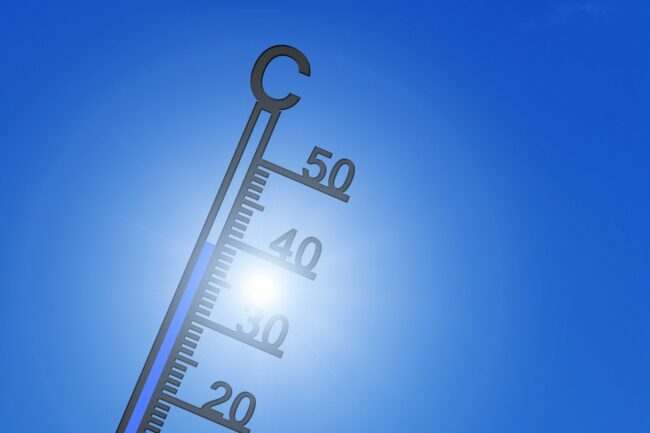“Climate change’, ‘climate crisis’ or ‘climate emergency’ – whichever term you use to describe the current global environmental situation, all three refer to the unsettling fact that our blue planet is roasting. This is substantially altering all forms of life on Earth1.
In the UK, summers are becoming even hotter while winter seasons are wetter with heavier rainfall. In other corners of the world, sea level is rising. Ice mass in Greenland, Antarctica and the Arctic, as well as mountain glaciers worldwide are retreating. Plant blooming seasons are shifting and extreme weather events are on the rise.
These are symptoms of a changing climate system. Why is the climate changing? While it is a natural process, anthropological activities are serving as a catalyst. As defined by NASA, climate change refers to “a broad range of global phenomena created predominantly by burning fossil fuels, which add heat-trapping gases to Earth’s atmosphere”2.
Over the last 100 years, the average global temperature has increased by close to 1°C. One might wonder how can a measly increase of 1°C change much? Climate change has been implicated in altering the economic pillars and socio-political situations of many countries. Food security is increasingly being threatened making the likelihood of civil wars becoming more prominent. As well as political issues, there has been the extinction of a myriad of species due to climate change associated phenomena including coral bleaching and wildfires3.
There is already sufficient evidence to show that animals are adapting to climate change in multiple ways, including by changing the timing of key life events such as migration, breeding and birth. But one of the most fascinating findings is the change in their anatomy – animals seem to be shrinking.
A large study, conducted over 40 years, analysed 70,716 dead specimens of 52 North American migratory bird species. The dead bird specimens were collected from buildings they had collided with in Chicago, Illinois. Their body sizes and wingspans revealed that the length of the birds’ lower leg bone – a common measure of body size – has shortened by 2.4%, while over the same period of time, wings have lengthened by 1.3%4.
They concluded that the rise in temperature over the years could account for these changes in anatomy. Animals with smaller body sizes are better at cooling off, for they can reduce their body heat more quickly due to their larger surface-area-to-volume ratio. However, migration conditions haven’t changed. Birds with smaller body sizes have less energy available to them to complete their long, perilous journeys. Researchers believe this explains the additional adaptation; now, birds with longer wingspans are most likely to survive migration.
This study adds to the growing evidence that many animals, not just birds, are shrinking as the climate gets warmer. For instance, the largest land carnivore, the polar bear, used to weigh around 400kg and could grow up to 600kg. But recent studies in Alaska have found that polar bears are not growing as large as they did just two decades ago. Even the tiniest animals such as the saffron-bellied frogs of Borneo (with a body size of only 20 millimetres long) have been found to be getting smaller5!
If the planet continues to warm at the current pace, it’s likely that those species which adapt their anatomy to fit the new climate system will survive – shrinking animals might become the norm. Scientists predict that the degree of shrinking will vary from species to species and will impact the delicate balance of many ecosystems. Should we, humans, be worried? Being at the top of the food chain, shrinking animals will certainly threaten our food security, especially our protein sources such as fish if no radical action is taken6.
There is only one planet Earth. Sadly, due to climate change, many forms of life on Earth are being stretched to their limits in a survival quest. If global temperature keeps on rising, there’s a chance that shrinking animals might become more common. This would disrupt a myriad of ecosystems including our own civilisation.
This article was specialist edited by Keshini Beetul and copy-edited by Katrina Wesencraft.
References
- www.wired.co.uk/article/what-is-climate-change-definition-causes-effects
- https://climate.nasa.gov/resources/global-warming-vs-climate-change/
- https://phys.org/news/2019-07-animals-body-sizes-climate.html
- www.bbc.co.uk/news/science-environment-50661448
- www.theguardian.com/environment/2019/mar/06/climate-change-puts-additional-pressure-on-vulnerable-frogs
- www.nhm.ac.uk/our-science/our-work/origins-evolution-and-futures/size-matters.html

